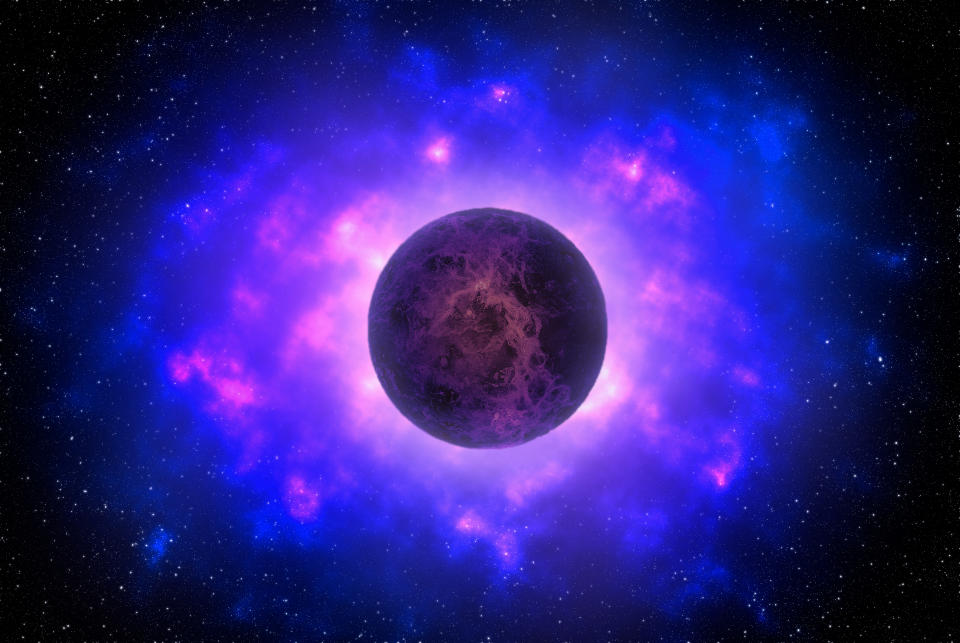There could be more ‘rogue planets’ wandering through our galaxy than there are stars

There could be billions of “rogue planets” hurtling through our galaxy on their own, with no stars to orbit, researchers have said.
A new NASA mission which will launch in the next five years will aim to hunt for these “rogue” worlds, which float freely in space.
Astronomers think that rogue planets could form in the gaseous discs around young stars – with the “rogues” being hurled off after impacts with other planets or even other stars.
Ohio State University researchers hope that NASA’s upcoming Nancy Grace Roman Space Telescope will detect hundreds of these mysterious worlds, and allow astronomers to work out how many are out there.
Read more: Mysterious “rogue planet” could be even weirder than we thought
Samson Johnson, lead author of the paper, said: “This gives us a window into these worlds that we would otherwise not have.”
“Imagine our little rocky planet just floating freely in space – that’s what this mission will help us find.”
Identifying these “rogue” planets, Johnson said, will help scientists infer the total number of rogue planets in our galaxy.
Professor Scott Gaudi, of Ohio State University, said: “The universe could be teeming with rogue planets and we wouldn’t even know it.
Read more: There might once have been life on the moon
“We would never find out without undertaking a thorough, space-based microlensing survey like Roman is going to do.”
The Roman telescope, named for NASA’s first chief astronomer who was also known as the “mother” of the Hubble telescope, will attempt to build the first census of rogue planets.
The survey could also throw light on how such objects are formed, the researchers said.
Read more: Exoplanet twice the size of Earth ‘could be habitable’
The new mission is likely to be 10 times more sensitive to these objects than existing efforts, which for now are based on telescopes tethered to the Earth’s surface.
The space telescope will focus on planets in the Milky Way, between our sun and the centre of our galaxy, covering some 24,000 light years.
“There have been several rogue planets discovered, but to actually get a complete picture, our best bet is something like Roman,” he said. “This is a totally new frontier.”
Rogue planets have historically been difficult to detect.
The mission, which is scheduled to launch in the next five years, will search for rogue planets using a technique called gravitational microlensing.
That technique relies on the gravity of stars and planets to bend and magnify the light coming from stars that pass behind them from the telescope’s viewpoint.
This microlensing effect is connected to Albert Einstein’s Theory of General Relativity and allows a telescope to find planets thousands of light-years away from Earth – much farther than other planet-detecting techniques.
The study published this month estimates that this mission will be able to identify rogue planets that are the mass of Mars or larger.
Mars is the second-smallest planet in our solar system and is just a little bigger than half the size of Earth.
Johnson said these planets are not likely to support life. “They would probably be extremely cold, because they have no star.
“If we find a lot of low-mass rogue planets, we’ll know that as stars form planets, they’re probably ejecting a bunch of other stuff out into the galaxy. This helps us get a handle on the formation pathway of planets in general.”

 Yahoo Sport
Yahoo Sport 






































